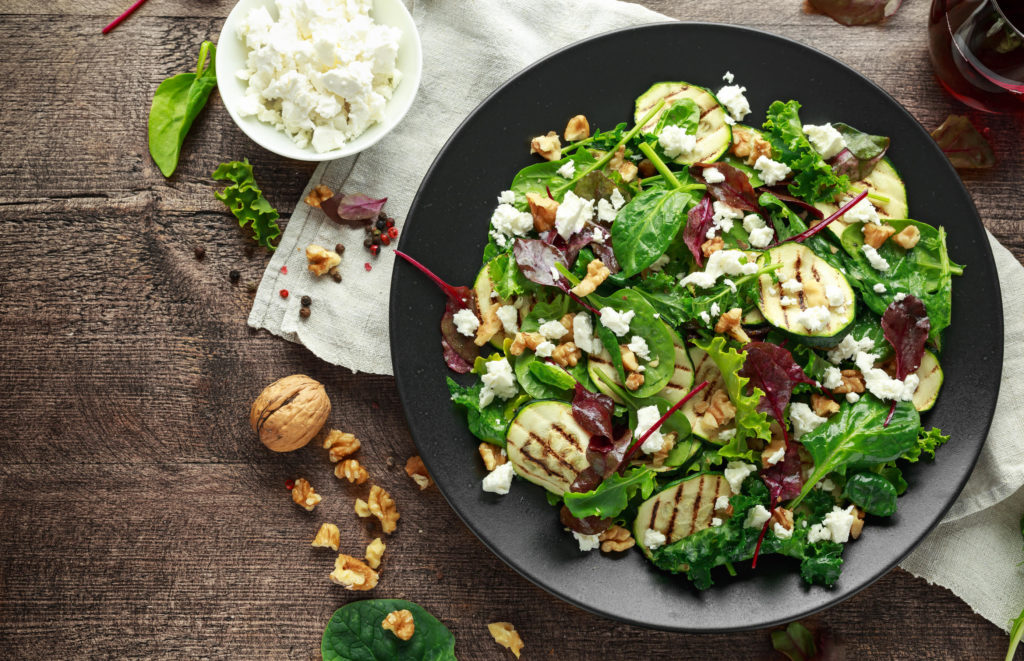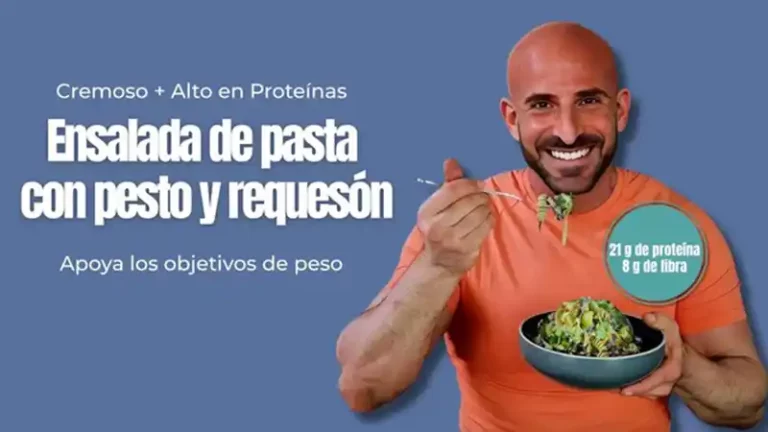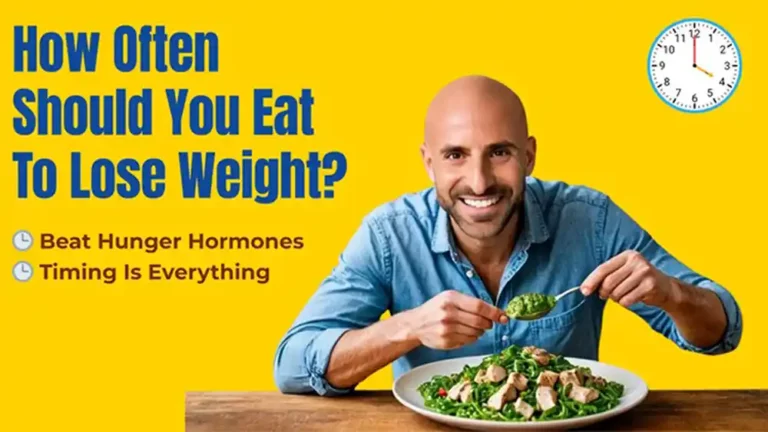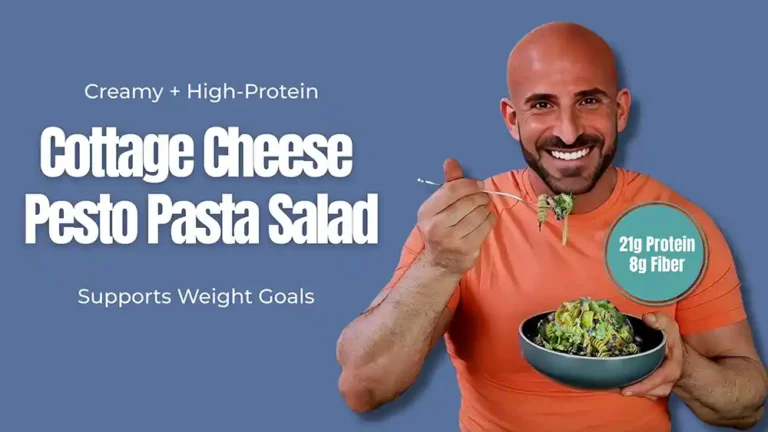When many people set out to begin losing weight and don’t know where to start with changing their diet, most turn to salads. I mean, it makes sense: they are low in calories, filling and full of healthy vegetables, right? Well, in a perfect world. However, not all salads are created equal and you should know that just because something is labeled or looks like a “salad” doesn’t always mean that it will help you lose weight or even be healthier.
Here’s the most common scenario: the fast food salad. It sounds like a dream, right? You go to a fast food restaurant, order a nice chicken salad and give yourself a good hearty pat on the back for making a better choice. Well, unfortunately, this is usually a wolf in sheep’s clothing as many fast food salads are loaded with cheese, creamy dressing, bacon, dried fruits and loads of other ingredients. Next thing you know, you’ve eaten just as many calories and saturated fat as you would have if you’d just gotten a cheeseburger and fries!
Then there are salads on the other end of the spectrum: the bird’s lunch. These are usually homemade salads that consist of just iceberg lettuce with maybe a sprinkle of shredded carrot, a slice or two of cucumber and maybe even a handful of plain steamed chicken breast. People who eat salads like these definitely have the best intentions and are almost certainly motivated, but this is too extreme. Firstly, a meal like this is hardly a meal at all because the calories are not going to be enough to tide you over and you’ll likely end up checking the fridge at 10pm for that leftover cookie dough because you’re so darn hungry! These salads aren’t likely to be sustainable for long because it just isn’t satisfying for most people. It could also lead to you eating too few calories a day which might result in weight loss, but is just awful for your overall health.
Don’t make these salad mistakes! To keep from falling in these traps, try the following solutions:
- Cut the crap: Whether you’re making a salad at home or ordering it from outside, it may be wise to skip the too-large portions of cheese, fried croutons, bacon bits or creamy dressings more often than not. These ingredients just aren’t necessary for a salad and defeat the purpose of a healthy side or starter. Remember, the main goal of a salad is to have a delicious and refreshing way to get your fruits and veggies in, so those should be the prime focus.
- Make your salad the starter to your meal rather than the star. You do need your veggies, so start with a salad and make sure it is not just plain lettuce. Add some fresh vegetables such as bell peppers, broccoli, cauliflower, carrots, or your particular favorite as long as you make it colorful so that you get a whole range of antioxidants. You can even spice it up and grill or roast some veggies for more flavor. As far as the base, the darker the greens, the more nutrients, so try some kale or spinach every now and then. Finally, try fresh fruit like strawberries, apples or blueberries in your salad for added antioxidants and freshness.
- Make sure you are balancing protein and good carbohydrates. While salads with tons of veggies will certainly give you nutrients and are low in calories, it is essential that you balance it with carbs and protein to keep you feeling satisfied and energized. So, add lean protein like chicken, salmon, tofu, or even cottage cheese to your greens. For carbs, try quinoa, beans (like black, kidney, garbanzo), lentils, brown rice, or corn to your salad for quick energy and balance. Remember, the perfect mix for a nice meal is to combine all food groups: carbohydrates + protein + fat + vegetables!
- Don’t forget your fats: Adding some good fats like oils, nuts and/or seeds to your salad is a great way to add flavor, texture and some heart-healthy fats. What most people don’t know is that some antioxidants, phytonutrients and vitamins in the vegetables of your typical salad (like Vitamin A, D, E and K) are best absorbed when eaten along with a fat source. So if you want to get the most out of your salad, add some fat! Just don’t go crazy, or you’ll have a calorie bomb. Some good additions are olive oil or sesame oil with a bit of vinegar and lemon juice for dressing. If you’re eating out, choose vinaigrettes rather than cream-based sauces like ranch, caesar or honey mustard because these tend to higher in the saturated type of fats that we want to limit. As far as toppings, seeds like pumpkin and sunflower or nuts like walnuts and almonds will give you a delicious crunch along with more heart healthy fats. Chunks of avocado are my personal favorite salad addition due to its creaminess and good dose of monounsaturated fat.






